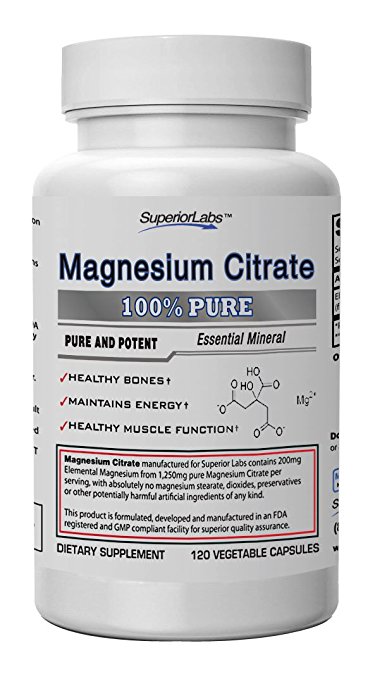Randy Holmes-Farley
Reef Chemist
View Badges
Staff member
Super Moderator
Excellence Award
Expert Contributor
Article Contributor
R2R Research
My Tank Thread
- Joined
- Sep 5, 2014
- Messages
- 67,349
- Reaction score
- 63,690
Reef Chemistry Question of the Day #253
Purity means different things to different people. We use products that have purity grades (such as pharmaceutical grade (USP), food grade (FCC), reagent grade), some that give numbers (e.g., 99%) and many that say nothing.
For example, let's take one supplier of one chemical, potassium nitrate, and see how many different "grades" are available. When I pulled up the link, there were 17!
https://www.sigmaaldrich.com/catalog/substance/potassiumnitrate10110775779111?lang=en®ion=US
I'd like to start a discussion of what these mean and how we might interpret them, and let's start with a seemingly reasonable question.
Which of the following has the highest assurance of purity, meaning the least numerical potential for chemicals that are not on the label.
A. Potassium nitrate, minimum purity 99%
B. Potassium nitrate, minimum purity 99.99%
C. Potassium nitrate, 100%
D. Potassium nitrate, 100.0%
E. Potassium nitrate, 99.5 - 100.5%
I have, in fact seen all of these.
Good luck!
.
Purity means different things to different people. We use products that have purity grades (such as pharmaceutical grade (USP), food grade (FCC), reagent grade), some that give numbers (e.g., 99%) and many that say nothing.
For example, let's take one supplier of one chemical, potassium nitrate, and see how many different "grades" are available. When I pulled up the link, there were 17!
https://www.sigmaaldrich.com/catalog/substance/potassiumnitrate10110775779111?lang=en®ion=US
I'd like to start a discussion of what these mean and how we might interpret them, and let's start with a seemingly reasonable question.
Which of the following has the highest assurance of purity, meaning the least numerical potential for chemicals that are not on the label.
A. Potassium nitrate, minimum purity 99%
B. Potassium nitrate, minimum purity 99.99%
C. Potassium nitrate, 100%
D. Potassium nitrate, 100.0%
E. Potassium nitrate, 99.5 - 100.5%
I have, in fact seen all of these.
Good luck!
.
















